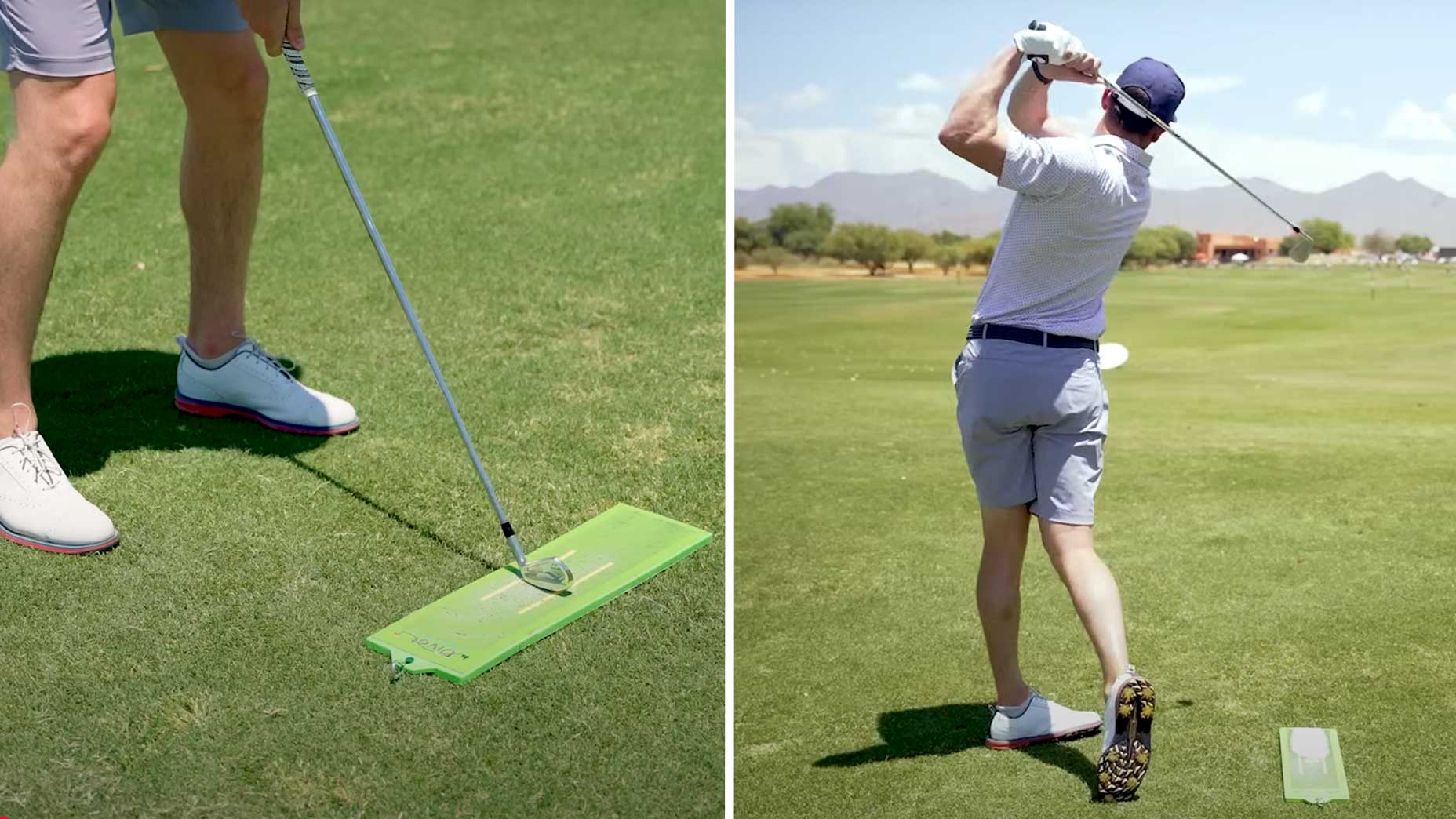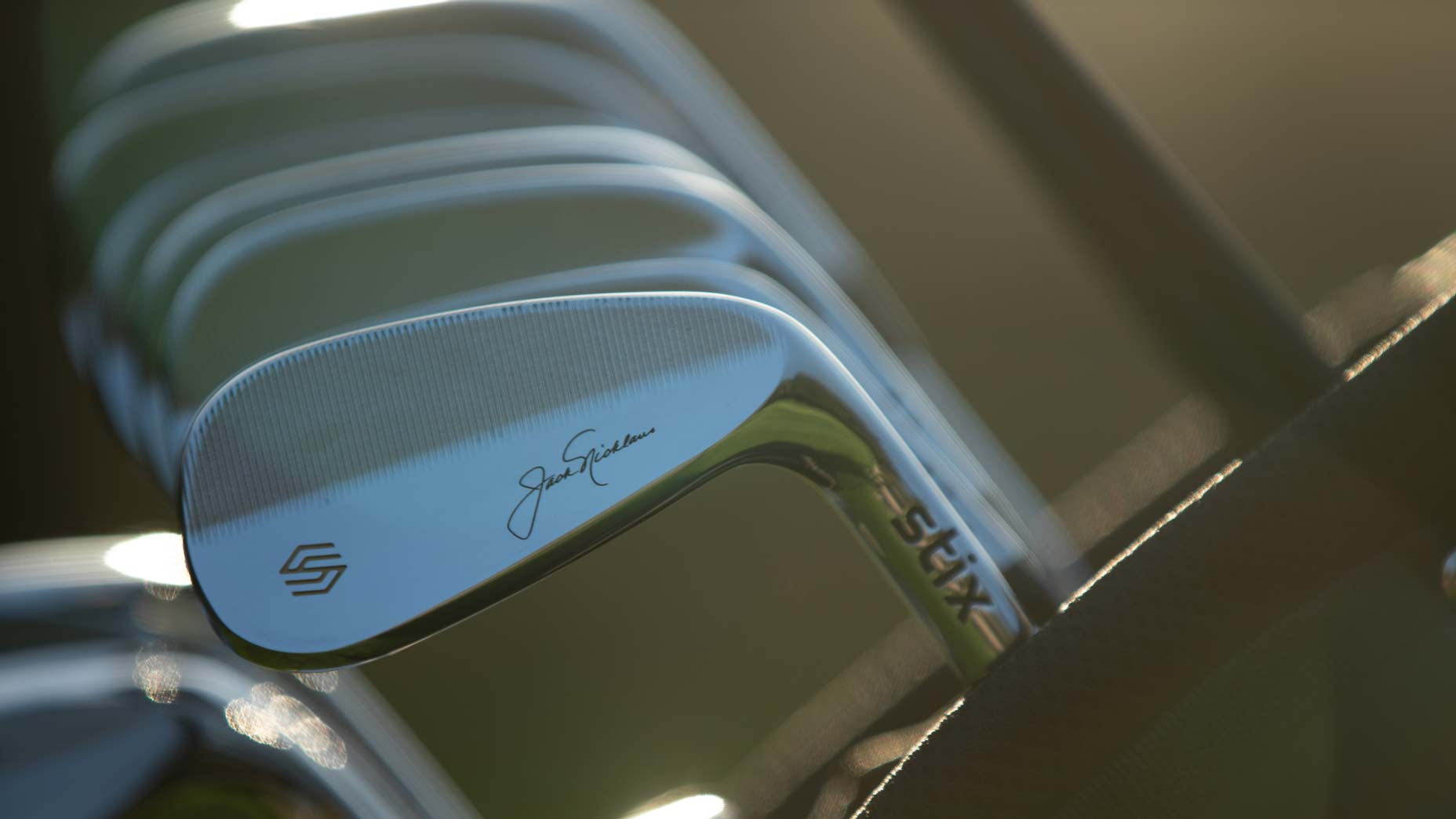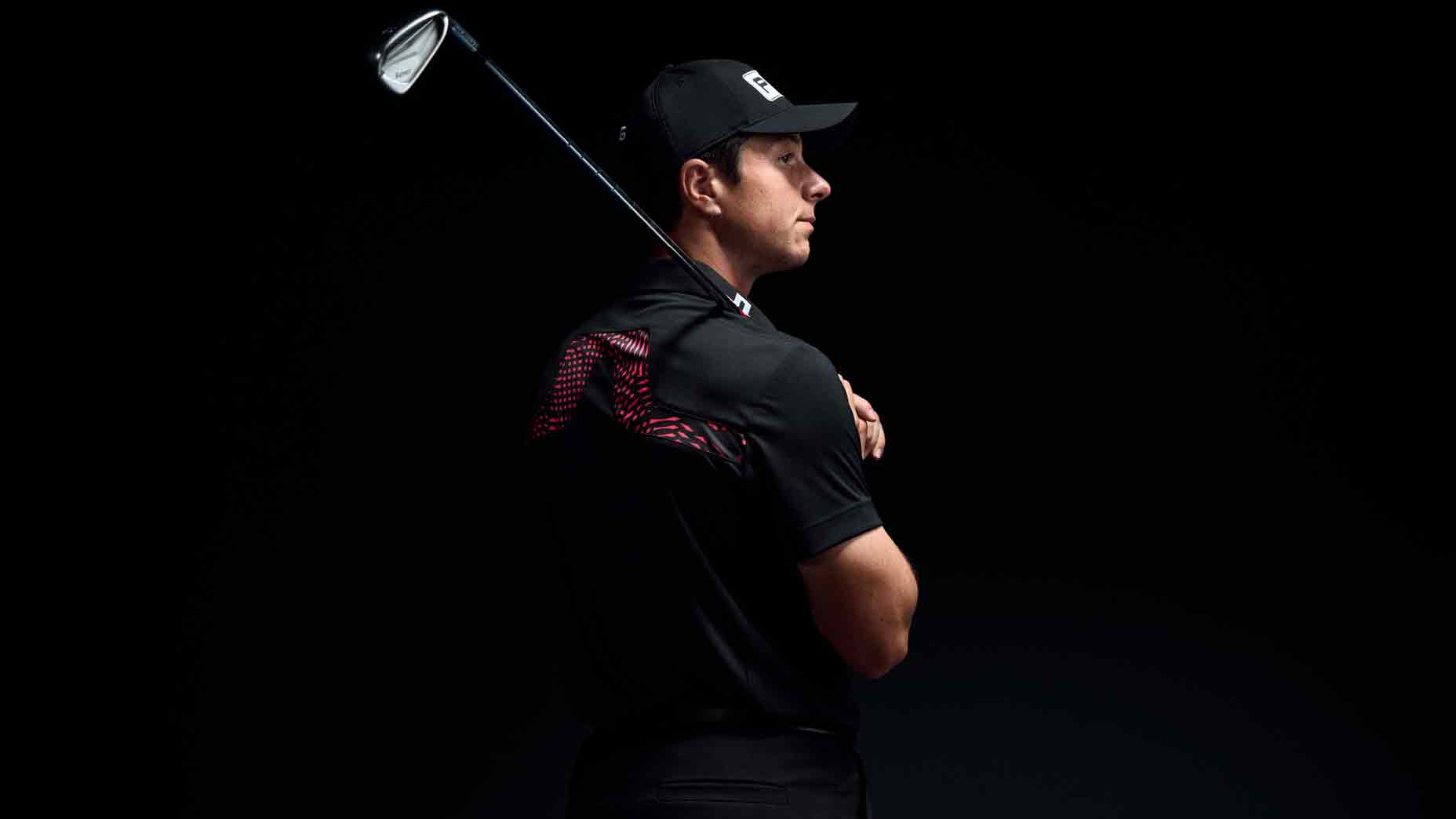Titleist Vokey wedges have been a mainstay in the bags of PGA Tour pros and recreational golfers for decades. With the latest Vokey SM7 wedges lighting it up on golf courses around the world, we sat down with Bob Vokey himself to discuss his latest product, and what’s to come from Vokey in the near future.
The Spin Milled 7 series is the latest sequel in your franchise. How long did it take to create?
There are manufacturing issues we’re always dealing with, and we’re continually trying to improve. As soon as we finished with SM6, we were onto SM7, and we’ve already started to put our thoughts into SM8. It takes a good two years before we’re ready to hand things over to manufacturing.
Talk us through how your design process has evolved over time.
I used to just grind wedges on the wheel, take the prototypes out on Tour, get feedback, and grind them again. I did almost all my prototyping by hand; I thought machines would never produce a part as good as I could. As time went on, my thinking changed. By SM4, the [CAD/CAM] computer was doing maybe 60 percent. Now it’s almost 100 percent CAD/CAM. It’s phenomenal.
CUSTOM FITTING IS REVOLUTIONIZING GOLF. SCHEDULE YOUR FITTING TODAY
What are the SM7s biggest improvements?
First and foremost, it’s the grinds and the variety of shots you can produce. Then there’s the improved progressive center of gravity, lining up the CG in the proper impact position for better distance and trajectory control. That’s a highly technical thing that changes from grind to grind, loft to loft, bounce to bounce. Twenty years ago, working by hand, I used to [try to calculate] CG by putting the club on my fingertip. We’ve come a long way.

Any favorite stories about the development of the SM7?
I’ll never forget visiting Jimmy Walker last October. I handed him [prototype] SM7s and he starts hitting them, going back and forth with his SM6s. He says, “Voke, you know what? I find them a little clunky.” I said, “What?!? You find the SM7s clunky?” I almost fell down. He said, “No, I mean the SM6s seem clunky. The SM7s feel softer!”

How do you incorporate player feedback into the design process?
I used to rely solely on Tour feedback, but now we compile it from several sources. I do a lot of fittings for area club pros, who are also very good players. And we have a system set up at the Titleist Performance Institute where all different handicaps—0-5, 5-10, 10-15, 15-20—come in to hit prototypes. I also like to call “my guys” out on the Champions Tour for their input—Davis Love III, Steve Stricker, Scott Verplank. Tom Pernice does a lot of work with me. Then I’ve got a Hall of Famer now living up in Canada, one of the best wedge players ever, who shall remain nameless.
The SM7s have six different grinds, 23 bounce/grind combinations, and three different finish options, for starters. Doesn’t the sheer variety in the line underscore the importance of getting fit for wedges?
The average weekend golfer hits maybe 5-7 greens a round. Add to that shot opportunities—full shots, half shots, chips, rough, sand. Then the variety of turf conditions, swing type, the specific shots you want to hit. So, yes, wedge fitting is critical. But I’d bet that at most, 25 percent of the players out there are using properly fit wedges. Too many people still don’t realize you can be fit for wedges. At Titleist Fitting Centers, I’ve assisted every fitter in their training, sharing with them what I’ve learned over the years. Or you can also come out to Carlsbad, California, and we’ll spend three hours together, and I’ll hand-grind three wedges for you. I may be prejudiced, but that’s the ultimate!









